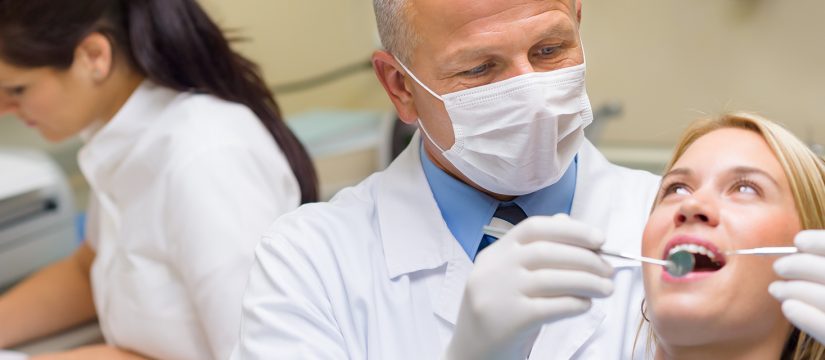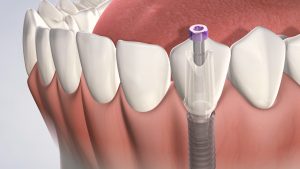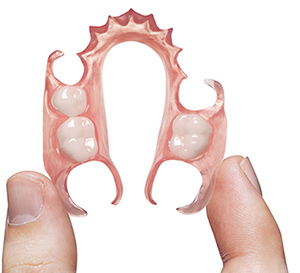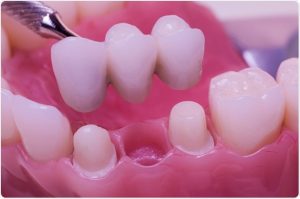
Your tooth could be hurting for so long that your dentist might recommend an extraction. However, it’s not the end of the procedure, as you will need to fill in that gap or else your other teeth might shift and the bones might weaken.
Tooth Replacement Options
Here are 3 possible tooth replacement options after tooth extraction.
Dental Implant
A dental implant is an anchor used to hold a crown in place and usually installed in the upper or lower jaw. A good dentist will make the implant stable and make it feel natural. It’s one of the best tooth replacement options and offers many benefits as well.
The dental surgeon will begin by putting in the implant in your jawbone where your old root used to be and allow time for healing. The bone grows around the implant and may take several months.
Afterwards, a crown is installed on the implant and will serve as the replacement to the extracted tooth.
Your new implant tooth is resistant to tooth decay and can not break.
Partial Dentures
Partial dentures serve to fill in the gaps between the teeth and are usually removable.
A partial denture consists of a base and teeth that will go in the recently removed one. Your dentist may also have it clasp to natural teeth in order to improve its function and stability.
Dentures are taken out before sleeping, and people with dentures will often need to visit their dentist for adjustments and repairs.
Fixed Bridges
Dental bridges are semi-permanent back and front tooth replacement options. Here, the appliance is bonded in place and thus may not be removed. Unfortunately, the adjacent teeth need to ground down to accept the bridge.
Those who opt for fixed bridges will usually have to wear a temporary one since a permanent bridge will take a few weeks to get finished.
Tooth replacement cost may vary but it’s well worth the price for a complete smile. You won’t have any problems eating and your remaining teeth won’t shift and cause eating or chewing problems down the line.


